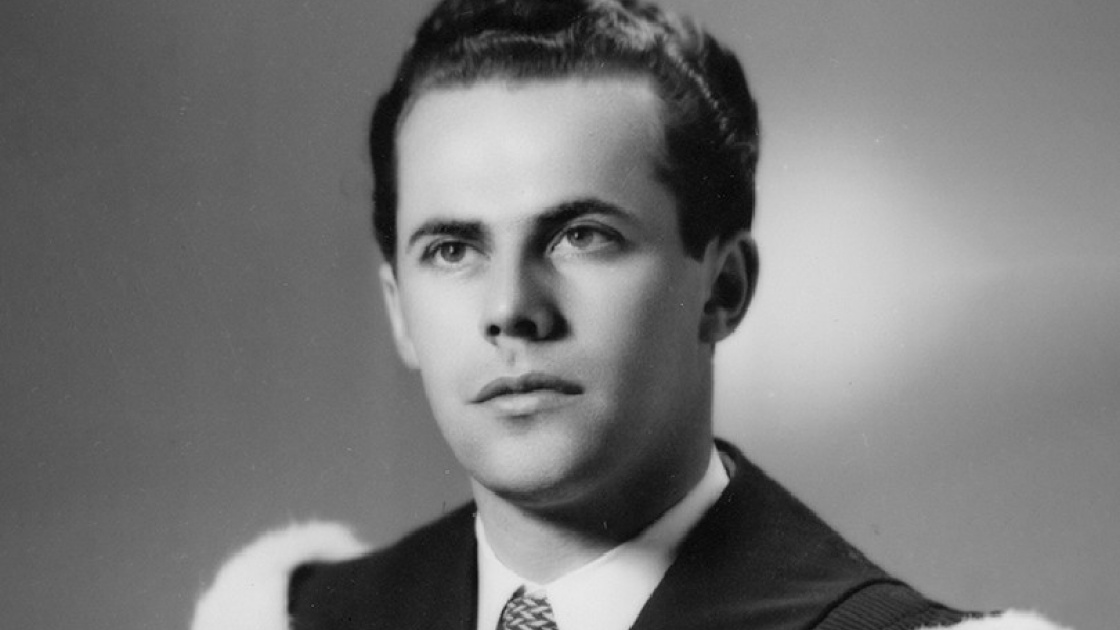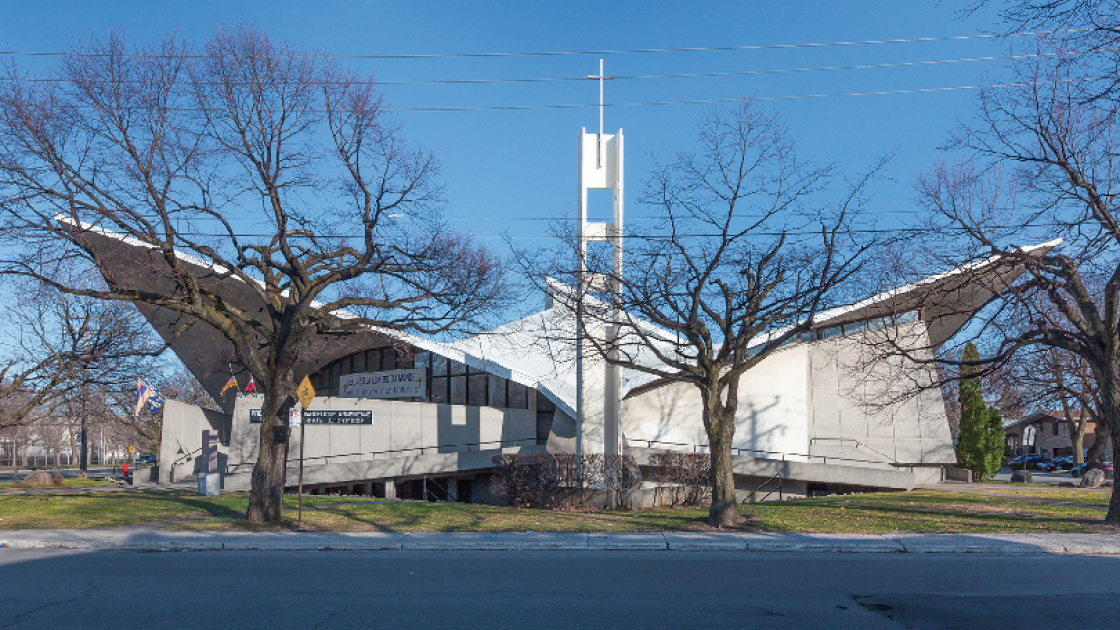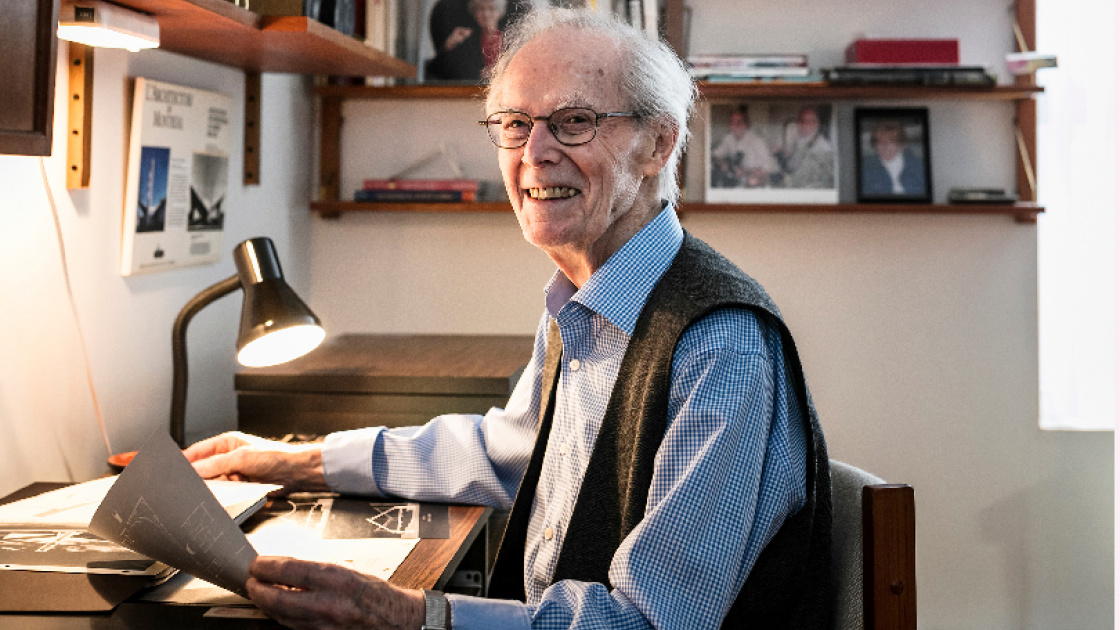Art history taught by a member of Canada’s famed Group of Seven. Modern architecture taught by a former assistant to Le Corbusier. Classes led by professors who would go on to design some of Montreal’s most notable buildings. This was Louis Lapierre’s extraordinary experience at what is now McGill’s Peter Guo-hua Fu School of Architecture.
“I witnessed historic moments as a student at McGill,” says Lapierre, BArch’52. “I met deep thinkers who taught me how to be original and creative, and those lessons have never left me.”
A veteran of the Second World War, Lapierre was admitted to the School of Architecture in 1947. McGill was Canada's first school of modern architecture, adopting a modern curriculum that was inspired by Bauhaus principles as opposed to the classic Beaux-Arts approach.
Lapierre's professors included painter Arthur Lismer, co-founder of the Group of Seven, and Hazen Sise, who trained under Le Corbusier. Many professors had their own private firms: Sise was a co-founder of Arcop, a renowned Canadian architectural firm. All five founders were either graduates or professors at the McGill School of Architecture, and their Montreal projects included Place Ville Marie, Beaver Lake Pavilion, and the World Trade Centre.
Lapierre went on to found his own firm just two years after graduation. He completed over 40 major projects – schools, sports centres, corporate headquarters and more – that dot Canada's landscape. His signature was integrating artwork into his projects, reflecting one of the founding principles of the Bauhaus movement. “The artists were part of the creative process, and I was a pioneer in that regard.”
He considers the First Armenian Evangelical Church of Montreal, previously known as Église Saint-Gaëtan, as his most sophisticated work. The church is recognized as a building of exceptional historical value by the Répertoire du patrimoine culturel du Québec. It was included in L’Architecture de Montréal, a book published by the Ordre des architectes du Québec for its 100th anniversary, as well as in exhibitions hosted by Quebec’s Museum of Civilization, the Montreal Museum of Contemporary Art, and McGill’s own Redpath Library.
Lapierre remains a lifelong learner; in 2018 he published a monograph of his works, l’Architecture dans une vie, and in 2019 he created his own website. Now 97, he still visits McGill’s Blackader-Lauterman Library of Architecture and Art. “They have a rich collection and I always find what I’m looking for, no matter how specific.” It’s inspired him to leave a legacy gift to the Library, which will develop its collection and preserve the legacy of McGill’s first generation of modern architects (1945-1961), of which he is a member.
“I consider myself lucky to have attended McGill at that particular point in history,” says Lapierre. “It was a transformative experience and it has stayed with me, even today.”
What will your legacy be? Learn more about legacy giving.





